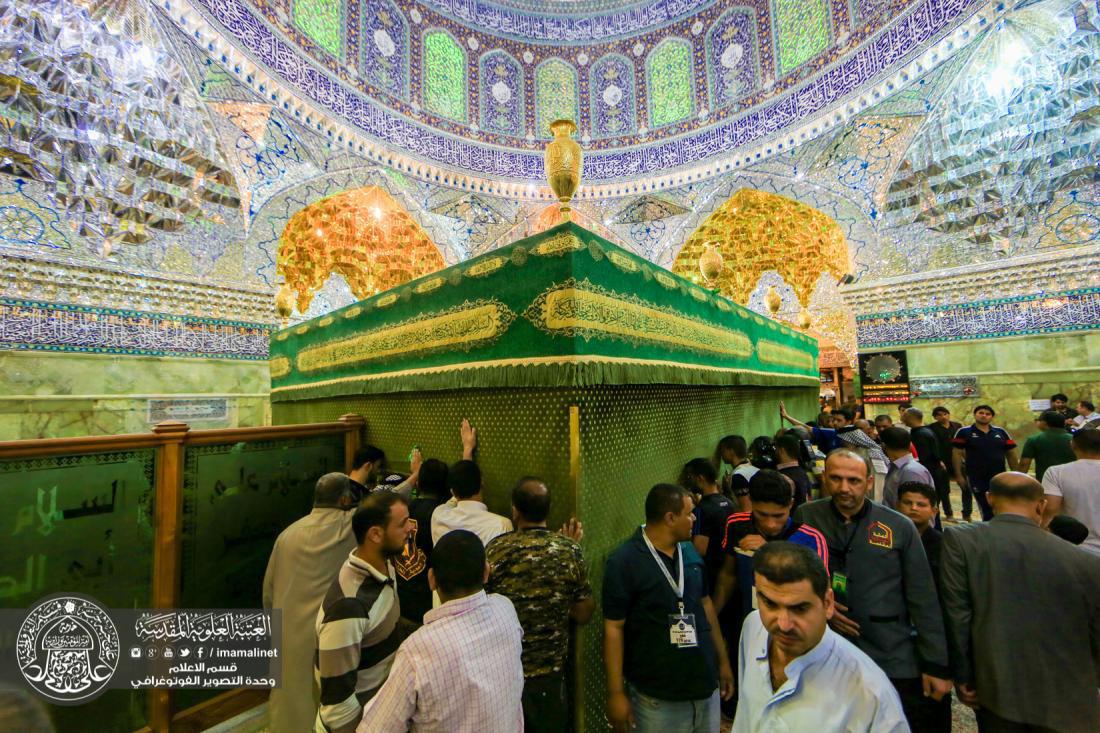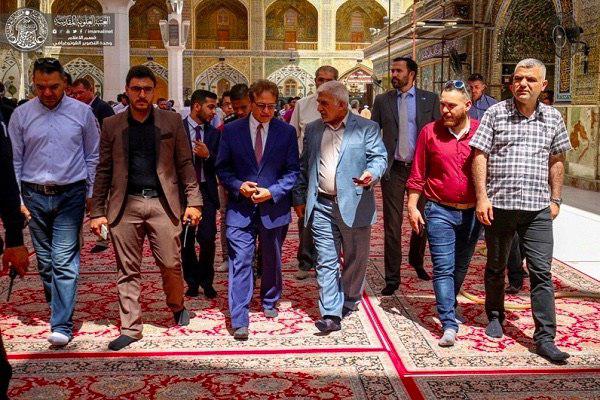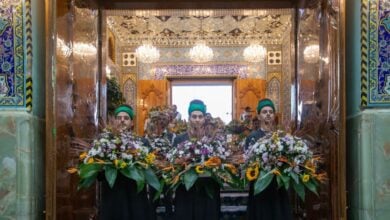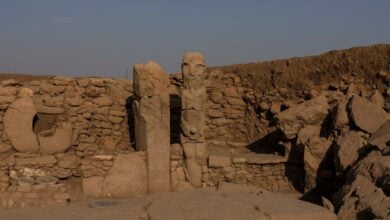27 Jumadi al-Awwal Marks Anniversary of Second Bombing of Al-Askari Shrine in Samarra
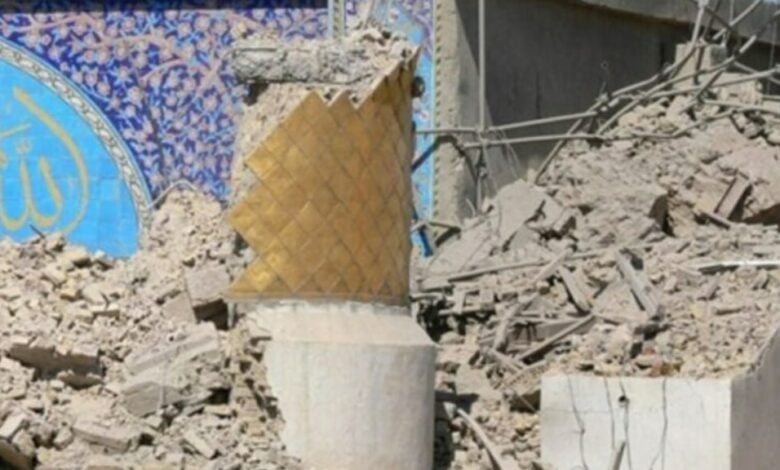
27 Jumadi al-Awwal Marks Anniversary of Second Bombing of Al-Askari Shrine in Samarra
————————————-
The anniversary of the second bombing of the Al-Askari Shrine in Samarra marks one of the most painful episodes in the collective memory of Shia Muslims, recalling a major assault on one of their most revered religious sites.
More details in the following report:
On 27 Jumada al-Awwal 1428 AH, a second large explosion struck the shrine of the two Imams, Ali al-Hadi and Hasan al-Askari (peace be upon them). The attack destroyed the shrine’s minarets and represented a direct strike on a sacred symbol for millions of Shia believers around the world.
It serves as a reminder of one of the most evident instances of desecration of the Ahl al-Bayt (peace be upon them) and the organized attacks by extremist Sunni groups on Shia sacred sites.
27 Jumada al-Awwal 1428 AH is remembered by Shia communities as one of the bitterest days of desecration of the Ahl al-Bayt.
The blast not only destroyed the minarets but explicitly targeted one of the most sacred religious symbols for Shia Muslims.
This attack was part of a dangerous ongoing approach followed by extremist Sunni groups over decades, aiming to destroy Shia shrines and remove symbols of respect and reverence for the Ahl al-Bayt.
Historically, these groups have repeatedly attacked shrines, tombs, and other Shia religious sites across the region, and the Samarra bombing is one of the most prominent examples of this mindset.
Targeting the Al-Askari Shrine was not simply about destroying an architectural structure; it was a deliberate attempt to damage the religious identity and emotional attachment of millions of Shia worldwide.
The repetition of this attack, two years after the first bombing, demonstrated that extremist Sunni, Salafi, and Wahhabi groups intended to challenge the sanctity of the Ahl al-Bayt and push Iraq’s religious landscape toward division and hostility.
Public reaction in Iraq and beyond showed that the attack was seen as more than a security incident. It deeply affected people’s sentiments and made the defense of the Ahl al-Bayt shrines a widespread demand.
In response, reconstruction began swiftly, and the minarets and dome of the shrine were restored—symbolizing resilience against a project aimed at erasing sacred symbols and severing people’s connection to the heritage of the Ahl al-Bayt.
The anniversary of the bombing highlights that attacks on Shia holy sites are part of a long-term effort to undermine religious identity and create division among Shia communities—a threat that can only be countered through vigilance and continuous protection of the Ahl al-Bayt shrines.



